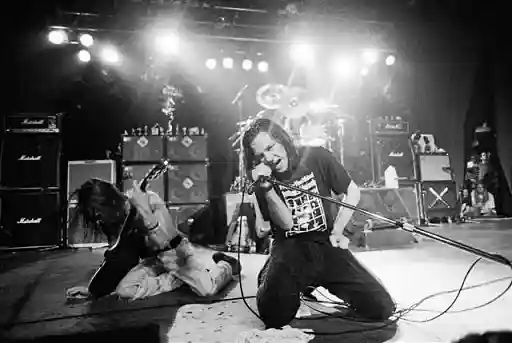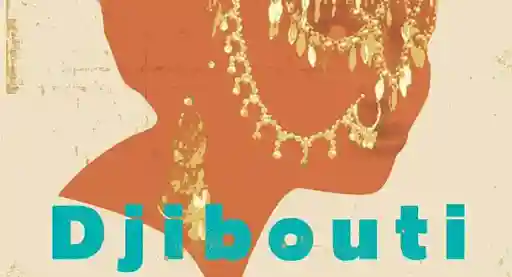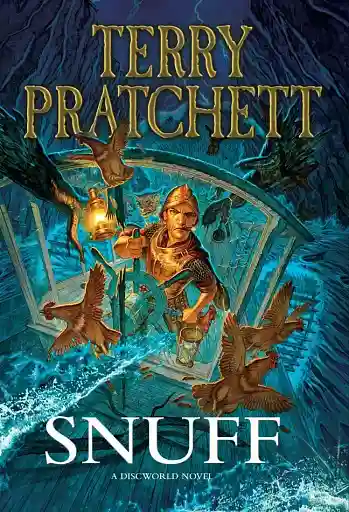Bookshots: Pumping new life into the corpse of the book review
Title:
How to Read a Novelist
Who wrote it?
John Freeman, writer, book critic, and editor-in-chief of Granta, who lives in New York City.
Plot in a Box:
A collection of profiles on novelists, from a long list of magazines of which you’ve definitely heard.
Invent a new title for this book:
The Novelists’ Café
Read this if you liked:
University of Mississippi Press’ Conversations with Authors Series, The Paris Review Interviews Vol. I-IV
Meet the book’s lead:
This book is a collection of profiles and therefore has several leads, from Lessing to Rushdie and Updike to Egan.
Said lead would be portrayed in a movie by:
This question doesn’t seem applicable here. But for whatever reason, when I think of an editor interviewing hundreds of novelists I think of the fast-talking affability and self-deprecating wit of Robert Downey Jr.
Setting: Would you want to live there?
Again, not really applicable. But the answer remains: yes. Visit the homes and home countries of all of the writers I admire? Charge the magazine for the stretch-seating and an Old-fashioned? Please and thank you.
What Was Your Favorite Sentence?
This fellowship—the deep connection of writer to writer as readers—is a hopeful thing, because it means that it is open to anyone who is a reader and who plans to be a writer.
The Verdict:
In the introduction to this book Freeman writes, “I have always felt there is something electrifying about meeting novelists.” This book is wonderful for introducing us to 55 of the most talented novelists working today. The profiles serve as a kind of a handshake with Richard Ford or Haruki Murakami. But while it was a joy to meet them, I can’t say I learned anything substantive about them that I didn’t already know, or that was important to me specifically as “a reader who plans to be a writer”—and that last bit is what the above quotation from the introduction promises.
Freeman is indeed a wonderful writer, providing us beautiful and accurate portraits of the authors we meet in these pages. But in the end How to Read A Novelist suffers from what boils down to a poor marketing strategy: the bait and switch. The ad-copy reads as follows: “an instructive and illuminating, definitive yet still idiosyncratic guide to a diverse and lively literary culture: a vision of the novel as a varied yet vital contemporary form”. Now, that copy is damn good for a book with the words “How To” in its title. This just isn’t that book. There’s no instruction. No guidance offered. No discussion of form to be had. Rarely are there discussions of the writers' choices in their works, favoring instead discussions of choices in the writers’ personal lives. Don’t get me wrong. While I’m saying, “If you want to learn from these writers, look elsewhere”, what I’m I’m also saying is, “If you want to have fun, play editor, and travel place to place to meet and chit-chat with these writers, reading this book is the job for you”.
Now, if only you can get your magazine to foot the bill…

About the author
Christopher David Rosales is the author of SILENCE THE BIRD, SILENCE THE KEEPER, which recently won the McNamara Grant and was short-listed for the Faulkner-Wisdom Award. Most recently his work is forthcoming in 5280: Denver's Magazine. Rosales is a Writer-In-Residence at Colorado Humanities Center for the Book, and a Professor at The University of Colorado at Boulder and Metro-State University, Denver. He is the Fiction Editor of SpringGun Press, and the Founding Instructor at The Boulder Writing Studio. Lindsey Clemons, at Larsen Pomada Literary Agency, represents his novels.







